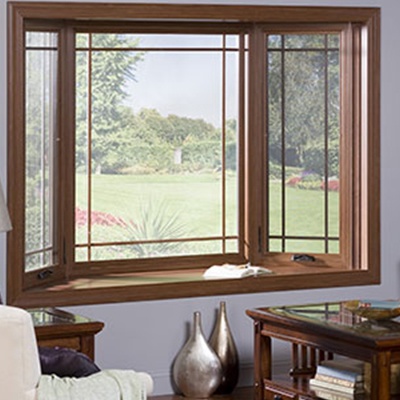Condensation is a sure sign that your home windows should be changed.
Windows are an essential barrier between the rough, variable weather conditions outside and our calmness, regular residence temperature levels. Home replacement windows quite often have a fifteen to twenty-year life-span, so luckily we don't need to think of changing them frequently. However recognizing when it's time to replace them can be complicated. You might be tempted to try and hold out for another season if you notice the warning signs. But changing your home windows now can assist you prolong the life of your whole home as well as keep you and your family cozy all winter months long. Below are a couple of indicators that your home windows are not prepared for the extreme winter this year.
Drafty House
As windows age, they begin reducing, damaging, and not shutting effectively, enabling air from inside your house to spurt. As a result of this, your COOLING AND HEATING system has a hard time to keep your residence at a continuous temperature level and sends your power bills increasing. If your house is noticeably extra drafty or your electrical expenses seem to be increasing this fall for no evident reason, you could want to have your home windows took a look at.
Difficult to Lock
We take pleasure in having our windows open when the weather condition is nice, however they should not be open all the moment. During the wintertime and when we're not home, your home windows ought to be shut in area and secured. Windows with malfunctioning locks is a significant safety and security danger that should be fixed asap to maintain your family risk-free. Usually the lock can be repaired cheaply, yet if the window is having difficulty remaining open or shut or is leaking air, it may be best to simply set up a brand-new one.
Condensation Forming
The biggest sign that you need new home windows is when condensation begins to base on the within your window when it is shut and locked. This is a sign of a most likely incurable flaw and ought to be attended to asap to stop the possible growth of mold in the frame, which can infect various other locations of your home and create significant damages when left without treatment.
Have you almost had it with your old, breezy windows?
Is this the year you've made a decision to lastly replace your windows? Replacing your home windows with brand-new ones features lots of benefits, including a power effectiveness boost, better ventilation, and also far better high quality of light in your home. The National Fenestration Rating Council certifies and also labels windows (as well as doors and also skylights) on their efficiency and power effectiveness. When you're purchasing new home windows you'll see these scores on the NFRC tag. In this week's blog site, we'll discuss how to read this label to earn certain you're making an informed decision on your new home windows.
Warm Gain and also Loss
The initial 3 properties on the tag involve how the home window carries out when it come to heat gain and also loss. Windows gain and lose heat in 3 ways:
Straight conduction via the glass.
Radiation of warm from the sunlight into your house, and away from the house from objects in your home.
Air leakage with and also around the window.
U-factor
This is "The price at which a home window, door, or skylight performs non-solar warm circulation." The takeaway below is "The lower the U-factor, the a lot more energy-efficient the home window, door, or skylight."

Solar Warmth Gain Coefficient
The SHGC tells us how much radiation is admitted with the window as well as released as warm in the house. The lower the number, the less warm is transferred. Nevertheless, this does not necessarily indicate you want a low SHGC. For instance, since a higher SGHC implies the window allows much more heat in, you can permit extra solar warmth inside in the winter, which could reduce your heating needs. In this instance, the environment you reside in will play a major consider selecting an SHGC score.
Air Leakage
This evaluates what does it cost? air the home window lets in relative to a details stress difference throughout it. The reduced the score, the less air leak.
Sunlight Transmittance
The following two ratings gauge just how much light a window allows into your home.
Noticeable Transmittance (VT).
This number in between 0 as well as 1 steps what portion of the spectrum of visible light the home click here window lets through. The higher the portion, the much more light the home window will permit. If you wish to employ daylighting in your house, you'll want a greater fraction. If you intend to decrease indoor glare, you could want a reduced fraction.
Light-to-Solar Gain.
This number is the proportion between the SHGC as well as the VT. "The higher the number, the a lot more light transmitted without adding too much amounts of warmth.".